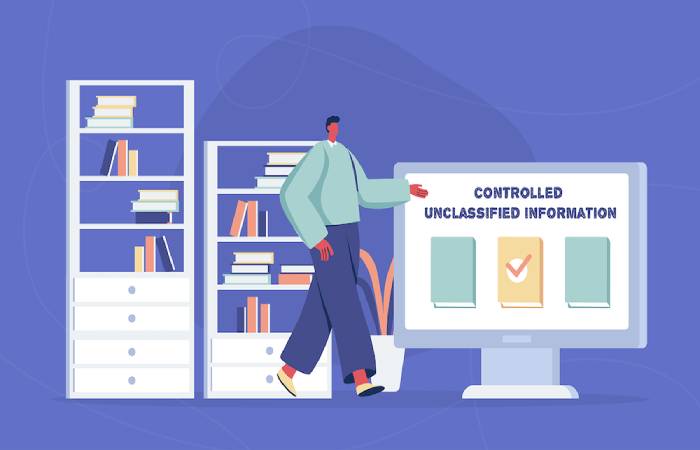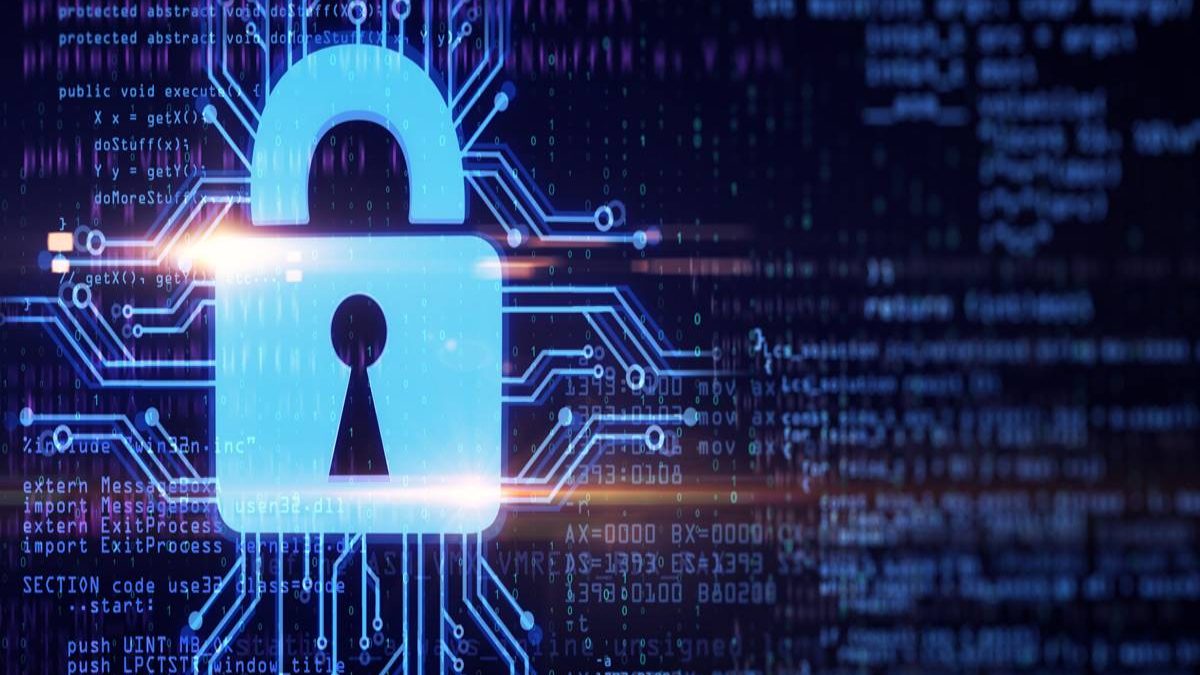Which of the following is not an example of cui
Table of Contents
Introduction
Nowadays, in the era of digital technologies, it is vital to safeguard sensitive information. CUI is unclassified information but must be protected or disseminated per control standards. It involves different data such as financial, health, and personal information. It is, therefore, essential to identify what constitutes CUI and how best it can remain protected. In this article, we will look at instances of CUI and the improper ways to safeguard it and focus on a particular example that is not considered CUI.
What is Controlled Unclassified Information (CUI)?
Controlled Unclassified Information (CUI) does not fall under classified rules of specific government security levels but is still sensitive information that requires protection. The objective is to protect this information by implementing suitable controls to assist in managing its security against unauthorized access or publication.
Examples of CUI
Financial Information: CUI usually includes personal financial records, banking details, and credit card information. Protection is necessary because cybercriminals can use these details for fraudulent purposes.
Healthcare Records: CUI encompasses medical records and patient health information. Healthcare providers are bound under privacy laws such as HIPAA to ensure the confidentiality and security of this information.
Intellectual Property: CUI may include intellectual property such as trade secrets, proprietary algorithms, and patented formulas. Unwarranted gainful entry into these assets can have dire implications for businesses.
What is Not an Example of CUI?
Publicly Available Information: Information accessible to the public, such as public websites, press releases, or information available through publicly accessible databases, is not considered CUI. Since this information is already in the public domain, it does not necessarily require much protection.
Note also that the absence of such labeling does not imply that the information in question could remain shared without due consideration of other legal or ethical considerations.
What is Not a Correct Way to Protect CUI?
Safeguarding CUI requires particular security measures and best practices. However, there are some incorrect methods and practices that may put CUI at risk:
Weak Access Controls: Not implementing effective access controls, such as suitable user authentication and authorization processes, could allow someone unauthorized access to CUI.
Lack of Encryption: CUI must be encrypted to safeguard the CUI from unauthorized interception or access. Without encryption methods, the information remains susceptible to breaches.
Inadequate Employee Training: Training employees to handle CUI properly is necessary. Failure to educate employees about taking sensitive information may lead to accidental revelation or improper handling.
Which of the Following is True of Unclassified Information?
Unclassified information is data not classified under specific government security levels. Though they may not remain categorized as sensitive as classified information, they must be adequately protected. Some important aspects regarding unclassified details include:
Safeguarding: Although it is not classified, protecting this information from unauthorized access or disclosure is essential.
Applicable Laws and Regulations: Some certain laws and regulations, such as privacy laws or industry-specific regulations, can still apply to unclassified information. Observance of these laws ensures the security and privacy of this data.
Potential Impact: While unclassified information may not be as risky as classified information, the compromise of this information can still result in financial loss, reputational damage, or even legal issues.
Best Practices for Physical Security: Protection of CUI requires physical security. When implementing best practices, the physical integrity and confidentiality of sensitive information are guaranteed.
Access Control: It guards against physical access by unauthorized individuals.
Secure Storage:
Surveillance Systems:
Visitor Management: It enables greater accountability and monitoring.
With these best practices, organizations will greatly mitigate the risks of physical breaches and effectively secure CUI.
Conclusion
With technology evolving and information becoming increasingly digitized, it has become imperative to protect the controlled unclassified information CUI. Identifying factors considered under CUI and introducing appropriate security measures will help protect sensitive information from unauthorized access or disclosure. Therefore, by viewing these examples of CUI inappropriate protection practices and using the best practices for physical security, organizations can protect the confidentiality and integrity of CUI, thus minimizing the risks and consequences of erroneous protection methods.

